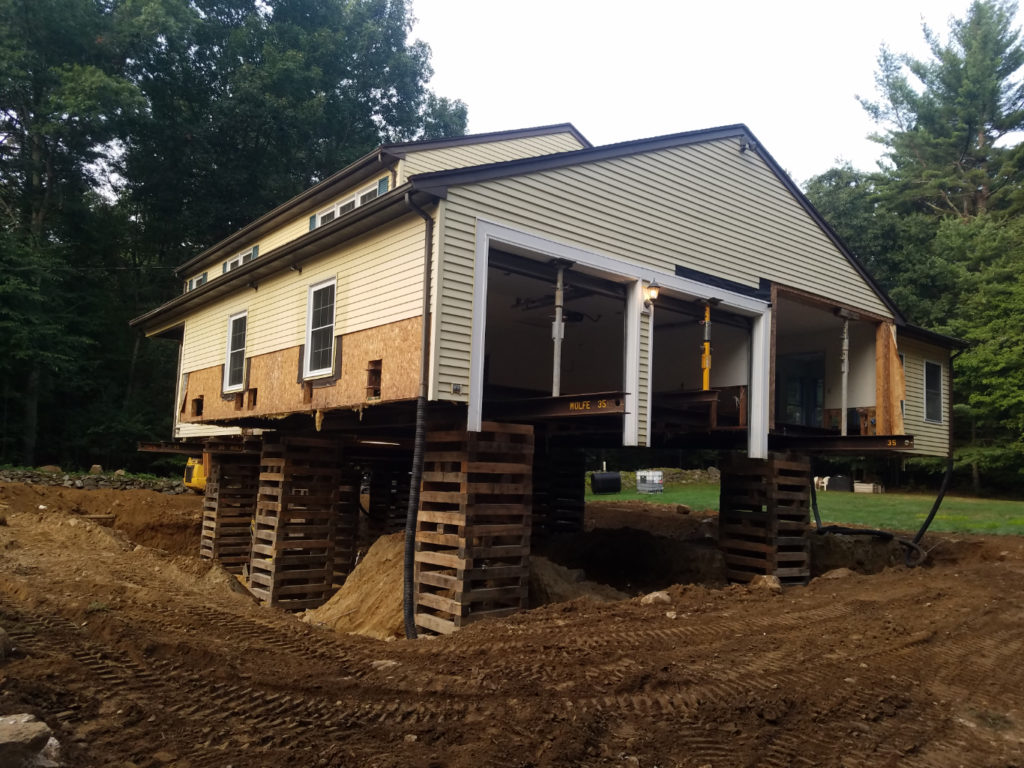Common Problems with House Foundations

A house’s foundation distributes the building’s weight across the ground. It also serves as a barrier between the house and the ground, protecting against termites and rot. When some parts settle more than others, problems can arise and require foundation repair.
Foundation Settling
All houses settle. The process happens mostly over the first few years of the house’s life, continuing until the house and gravity have arrived at a secure base. As long as the building settles fairly uniformly, a few inches of settlement should not be a problem.
Some settling may continue long-term, perhaps caused by corrosion or weather. The builder may have improperly backfilled, scooping out more soil than was needed for the foundation and then filling in the gaps afterward, later necessitating foundation repair.
A foundation poured during extreme weather may be weakened by excess wet, cold, or heat — but may not show effects until years later. A slab foundation may experience upheaval, usually caused by a leak in plumbing or poor drainage.
Signs of Foundation Settling
Cracks in a house’s foundation, walls, window moldings, or countertops are often caused by settling. Vertical hairline cracks, even up to 1/16th wide, are usually nothing to worry about. But if they’re wider than that, or if they’re horizontal, excessive settling may be occurring.
Foundation repair may also be needed when one part of a crack is wider than the rest, when the crack goes through the concrete block instead of through the mortar, or when water is leaking through.
Doors may be out of alignment due to settling of the foundation, but they may also stick as a result of damp wood. If windows don’t open properly or the sills are separating from the wall, foundation repair may be indicated.
Keeping water away from the foundation minimizes problems. The yard and driveway must have sufficient slope to drain well, and water from the roof must be channeled away by gutters, with downspouts at least 5 feet from the house.


